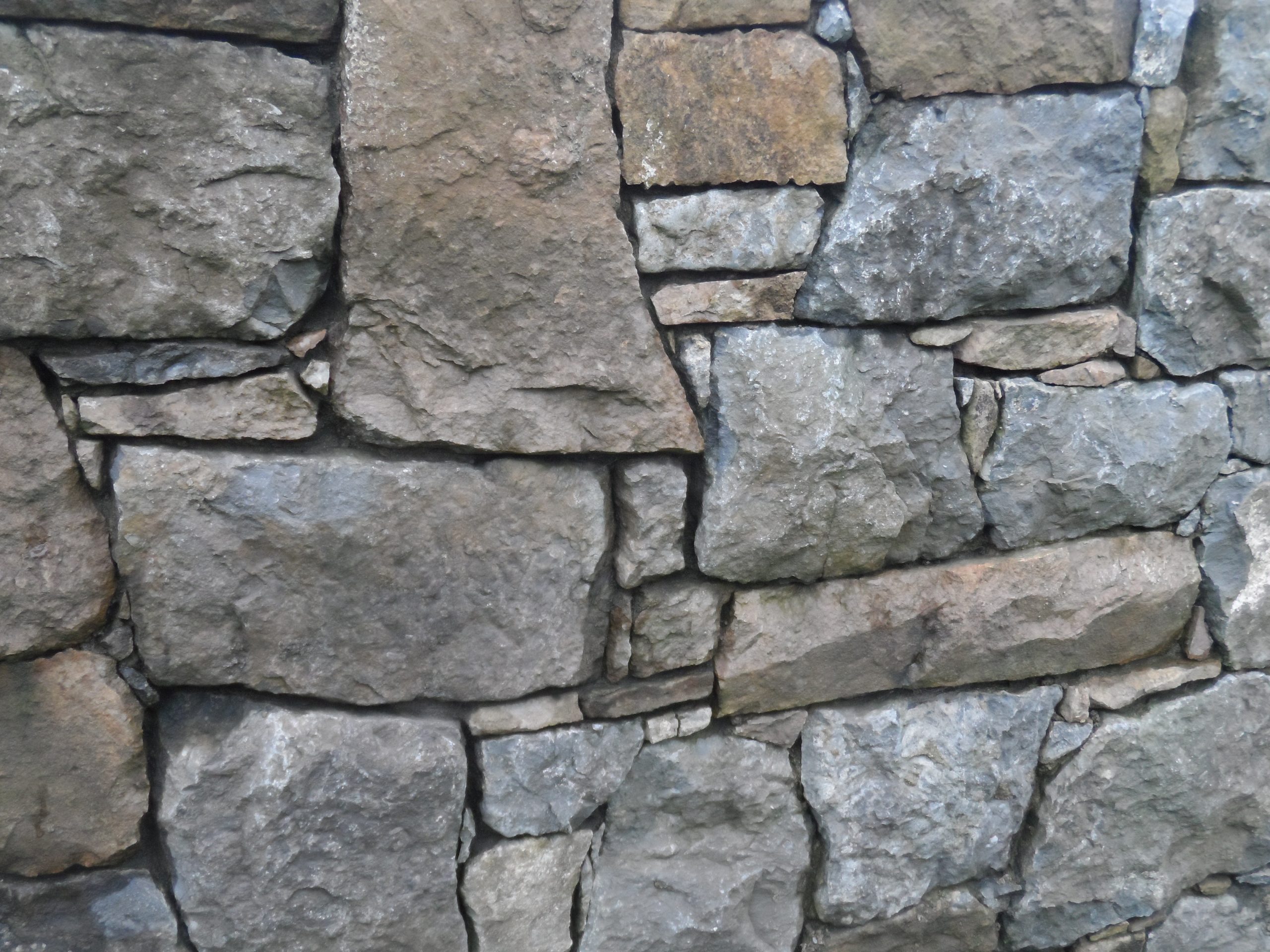Molecular sieves are engineered materials designed for exceptional adsorption efficiency, playing a pivotal role in a wide array of industries. Composed primarily of crystalline aluminosilicates or zeolites, these sieves have a unique, highly structured microporous framework, allowing them to selectively adsorb molecules based on size and polarity. The key to their efficiency lies in their precise pore sizes, typically ranging from 3Å to 10Å, which can be tailored to capture specific gases, liquids, or impurities, making them an indispensable tool in processes like gas drying, petrochemical refining, and air separation. The adsorption process in molecular sieves is driven by their ability to preferentially trap molecules smaller than the sieve’s pore size, while larger molecules are excluded. This size-selectivity ensures that only desired compounds are captured, enhancing the purity and quality of the final product. A common application of molecular sieves is in gas dehydration, where they effectively remove water vapor from natural gas streams, preventing pipeline corrosion and freezing in cold environments.
In this application, their superior water adsorption capacity outperforms traditional desiccants like silica gel or activated alumina; Jalon molecular sieves retain high efficiency even under low humidity conditions. Moreover, molecular sieves exhibit remarkable thermal and chemical stability, which makes them highly durable in demanding environments. Their robust structure allows them to regenerate multiple times without significant loss in performance, a property that contributes to their long-term cost-effectiveness. In the petrochemical industry, molecular sieves are widely used in the purification of hydrocarbons. By removing impurities such as sulfur compounds, they enhance the quality of fuels and feedstocks used in catalytic processes, directly affecting product yield and environmental emissions. The science behind molecular sieves is not just limited to their physical structure but also involves their surface chemistry. The presence of cations like sodium or calcium in the zeolite framework can be exchanged with other metal ions to modify their adsorption characteristics. For instance, changing the ion type or concentration can optimize the sieve’s affinity for specific molecules, enabling highly selective adsorption processes.
This feature is critical in industries like pharmaceuticals, where high-purity separation of isomers or active compounds is required and check this out https://www.jalonzeolite.com/de to know more. Furthermore, molecular sieves are increasingly finding applications in environmental sustainability. They are used in carbon capture technologies, where they selectively adsorb CO2 from flue gases, playing a vital role in reducing greenhouse gas emissions. Their adaptability to capture harmful pollutants makes them crucial in air purification systems, ensuring cleaner industrial exhaust and reducing air contamination. In summary, molecular sieves offer superior adsorption efficiency due to their highly structured and tunable pore systems, chemical stability, and flexibility in various industrial applications. As research and development continue, these materials will further evolve, unlocking new possibilities for improving industrial processes, energy efficiency, and environmental protection.

